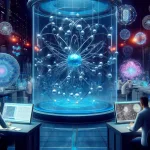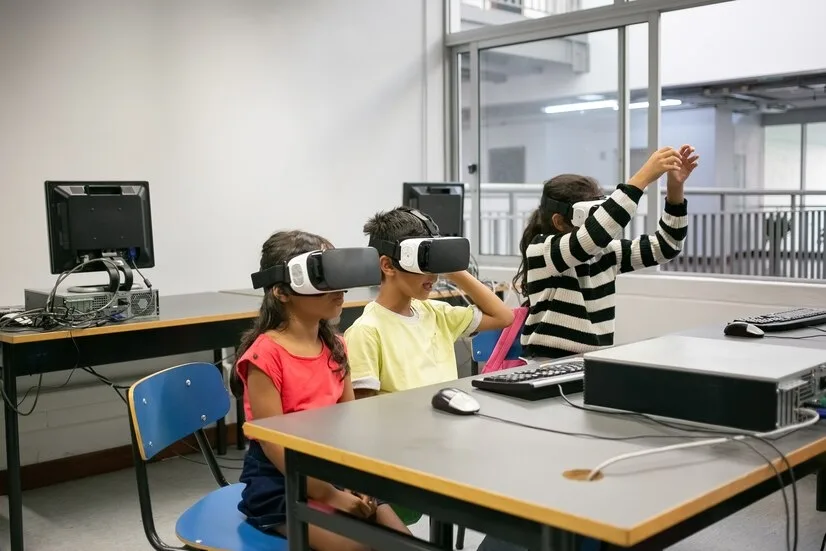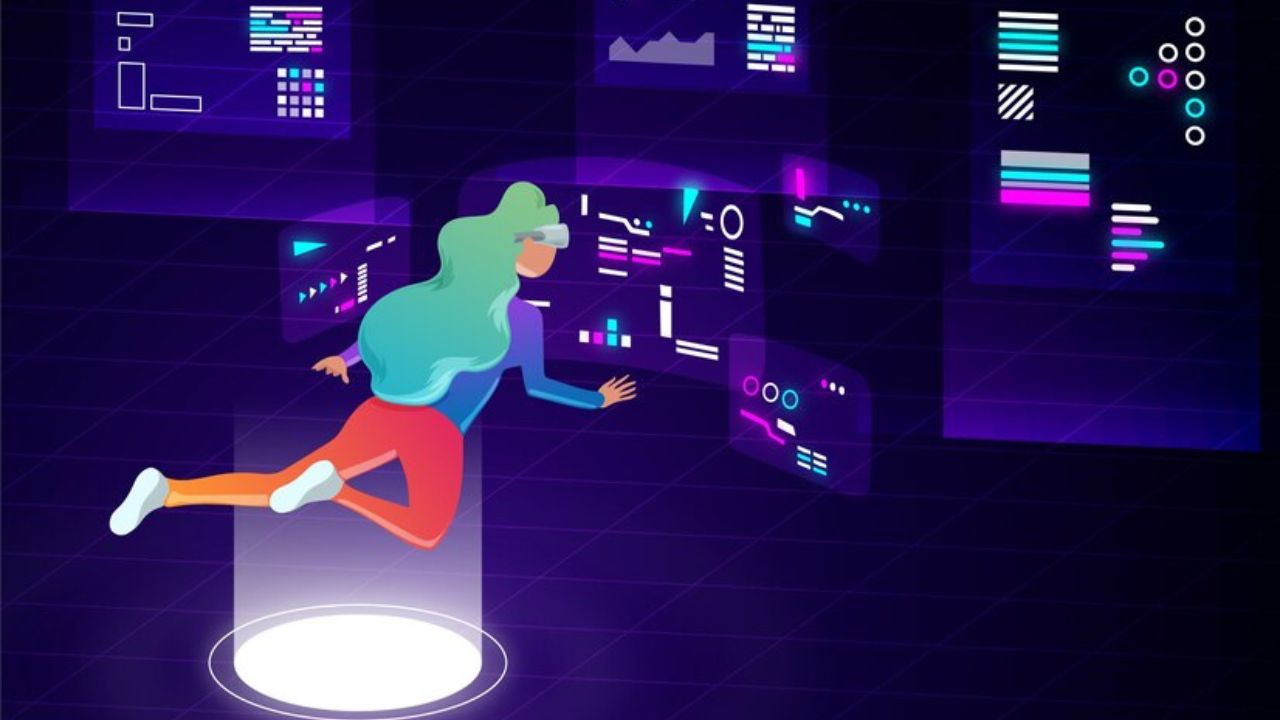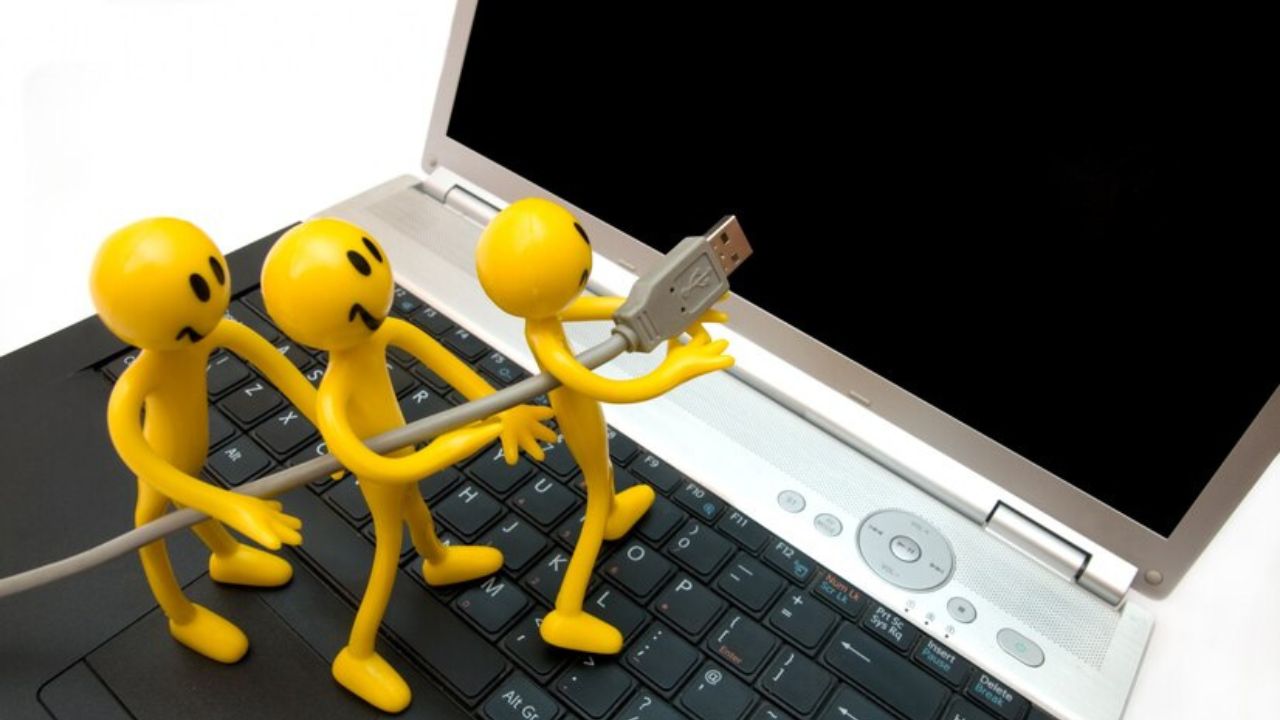The Internet of Things (IoT) is no longer a futuristic concept but a present reality that is rapidly transforming industries and reshaping the technological landscape. IoT refers to the interconnected network of physical devices embedded with sensors, software, and other technologies that enable them to collect and exchange data over the internet. This ability to gather and analyze real-time data has opened up new possibilities for innovation, efficiency, and automation across various sectors. In this article, we will explore what IoT is, how it is changing technology, and the implications it holds for the future.
Understanding IoT: The Basics
At its core, IoT is about connecting everyday objects to the internet, allowing them to communicate and interact with each other. These objects, or “things,” can range from simple household items like thermostats and light bulbs to more complex systems such as industrial machinery and smart cities. Each IoT device is equipped with sensors that collect data from its environment, such as temperature, humidity, motion, or location. This data is then transmitted to a central system or cloud platform, where it can be analyzed and used to trigger specific actions or inform decision-making processes.
The power of IoT lies in its ability to create a seamless network of connected devices that work together to improve efficiency, enhance user experiences, and enable new forms of automation. For example, in a smart home, IoT devices such as thermostats, security cameras, and lighting systems can be integrated into a single platform, allowing homeowners to control and monitor their environment remotely through a smartphone app. Similarly, in an industrial setting, IoT sensors can monitor the performance of machinery in real time, detecting potential issues before they lead to costly breakdowns.
The Impact of IoT on Technology
The widespread adoption of IoT is driving significant changes in technology, leading to innovations and transforming the way businesses and consumers interact with the world around them. Some of the key areas where IoT is making an impact include automation, data analytics, and connectivity.
Automation and Smart Systems: One of the most profound ways IoT is changing technology is through the automation of tasks and processes. IoT devices can perform tasks autonomously based on real-time data, reducing the need for human intervention. This automation is particularly valuable in industries such as manufacturing, where IoT-enabled machinery can monitor production lines, adjust settings, and even perform maintenance tasks without human input. In agriculture, IoT sensors can automate irrigation systems based on soil moisture levels, optimizing water usage and improving crop yields.
In smart cities, IoT is being used to automate various municipal services, such as traffic management, waste collection, and energy distribution. For example, smart traffic lights can adjust their timing based on real-time traffic data, reducing congestion and improving traffic flow. Similarly, smart waste bins equipped with sensors can alert sanitation workers when they are full, ensuring more efficient waste collection.
Data Analytics and Decision-Making: IoT generates vast amounts of data, which can be analyzed to gain valuable insights and inform decision-making processes. This data-driven approach is transforming industries by enabling more accurate predictions, optimizing operations, and enhancing customer experiences. In retail, for example, IoT and retail technology are being used to track customer behavior in real time, allowing retailers to personalize offers and promotions based on individual preferences. This level of personalization not only improves the customer experience but also increases sales and customer loyalty.
In healthcare, IoT devices such as wearable health monitors can collect continuous data on a patient’s vital signs, providing doctors with a comprehensive view of the patient’s health. This data can be used to detect potential health issues early, allowing for timely intervention and improved patient outcomes. Additionally, IoT-enabled devices can help manage chronic conditions by monitoring medication adherence and providing real-time feedback to patients.
Enhanced Connectivity and Integration: IoT is driving the next wave of connectivity, enabling devices to communicate and work together in ways that were previously impossible. This enhanced connectivity is leading to the development of more integrated and intelligent systems, where multiple devices can share data and collaborate to achieve a common goal. In the automotive industry, for example, IoT is enabling the development of connected vehicles that can communicate with each other and with traffic infrastructure, improving road safety and reducing the risk of accidents.
In the energy sector, IoT is facilitating the integration of renewable energy sources into the grid by enabling real-time monitoring and management of energy production and consumption. Smart grids equipped with IoT sensors can balance supply and demand more efficiently, reducing energy waste and lowering costs. Additionally, IoT is playing a key role in the development of smart homes and buildings, where connected devices can optimize energy usage, enhance security, and improve comfort.
IoT and Retail: A Case Study
The integration of IoT’s and retail is a prime example of how this technology is changing the way businesses operate. Retailers are leveraging IoT to create smarter stores, optimize supply chains, and enhance customer experiences. For instance, IoT’s -enabled smart shelves can monitor product levels in real time, automatically triggering reorders when stock is low. This ensures that popular items are always available, reducing the risk of lost sales.
Moreover, IoT’s devices such as beacons can send personalized offers and recommendations to customers’ smartphones as they shop, enhancing customer engagement and loyalty. By analyzing data from IoT sensors, retailers can gain insights into customer behavior, preferences, and shopping patterns, allowing them to tailor their marketing strategies and improve the overall shopping experience. The combination of IoT’s and retail technology is creating a more connected and responsive retail environment, where customers can enjoy a seamless and personalized shopping experience.
Challenges and Considerations
While IoT’s offers numerous benefits, it also presents certain challenges that businesses must address to fully realize its potential. Some of the key challenges include data security, privacy, and interoperability.
Data Security and Privacy: The vast amount of data generated by IoT’s devices raises significant concerns about data security and privacy. Cybersecurity threats such as hacking, data breaches, and unauthorized access can compromise the integrity of IoT’s systems and lead to significant financial and reputational damage. Businesses must invest in robust security measures, such as encryption, authentication, and access control, to protect their IoT networks and ensure the privacy of sensitive data.
Interoperability and Integration: Another challenge is the interoperability of IoT’s devices and systems. With so many different manufacturers and platforms, ensuring that IoT devices can communicate and work together seamlessly can be difficult. Businesses must invest in the necessary infrastructure and software to ensure seamless integration and data flow between systems. Additionally, businesses may need to invest in new skills and training to manage and maintain IoT systems effectively.
Scalability and Costs: Implementing IoT’s technology can require significant upfront investment in hardware, software, and infrastructure. Businesses must carefully consider the cost-benefit analysis of IoT adoption, particularly for small and medium-sized enterprises with limited budgets. Additionally, as businesses grow and expand, their IoT’s infrastructure must be scalable to accommodate increased data volumes and more connected devices.
Conclusion
The Internet of Things is revolutionizing technology and transforming industries by enabling greater automation, enhanced connectivity, and data-driven decision-making. From manufacturing and healthcare to retail and energy, IoT’s is driving innovation and creating new opportunities for businesses to improve efficiency, enhance customer experiences, and stay competitive in a rapidly evolving market. However, businesses must also address challenges related to data security, interoperability, and scalability to fully realize the potential of IoT. As IoT’s technology continues to evolve, its impact on the future of technology will only become more significant, shaping the way we live, work, and interact with the world around us.








